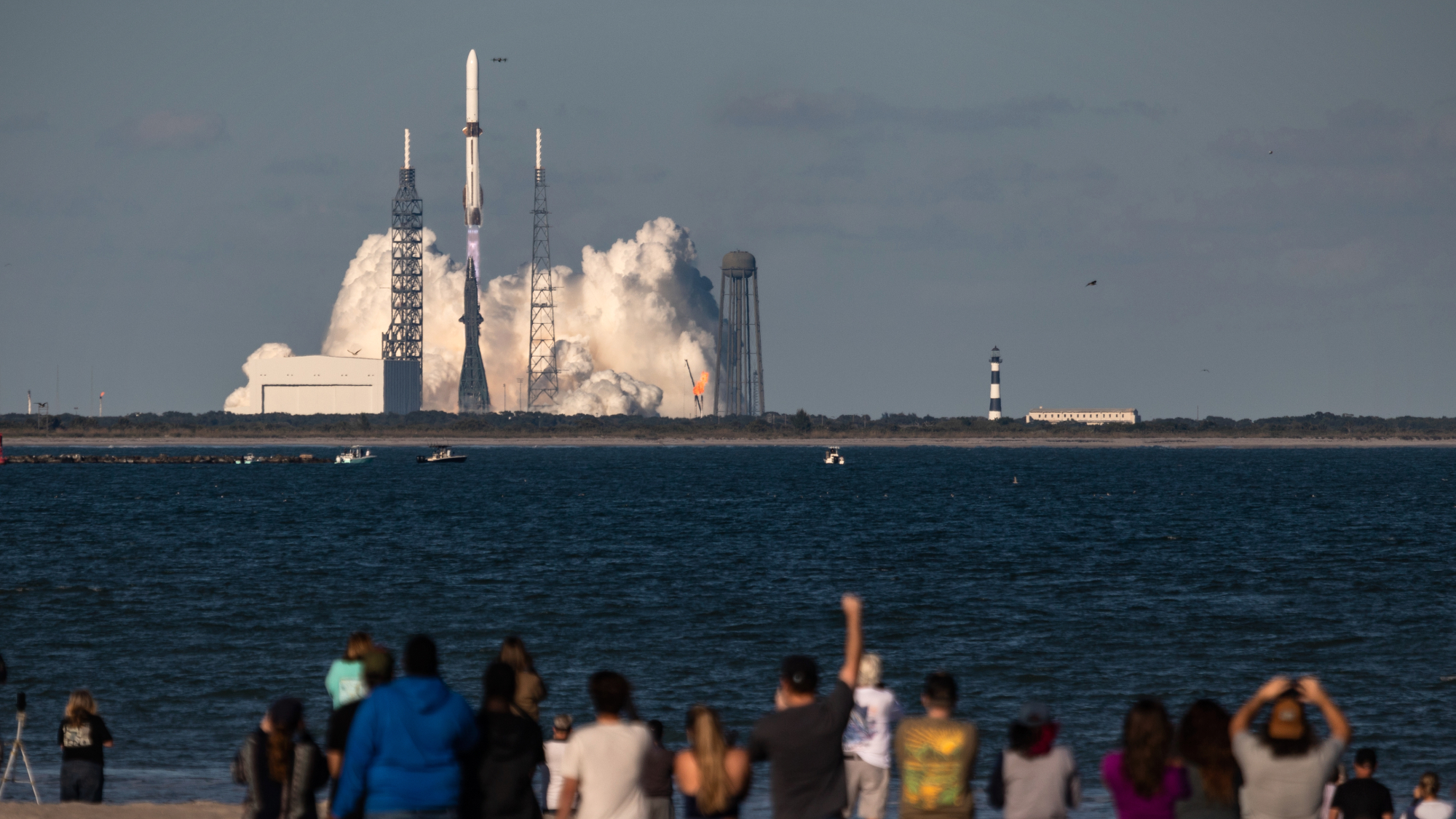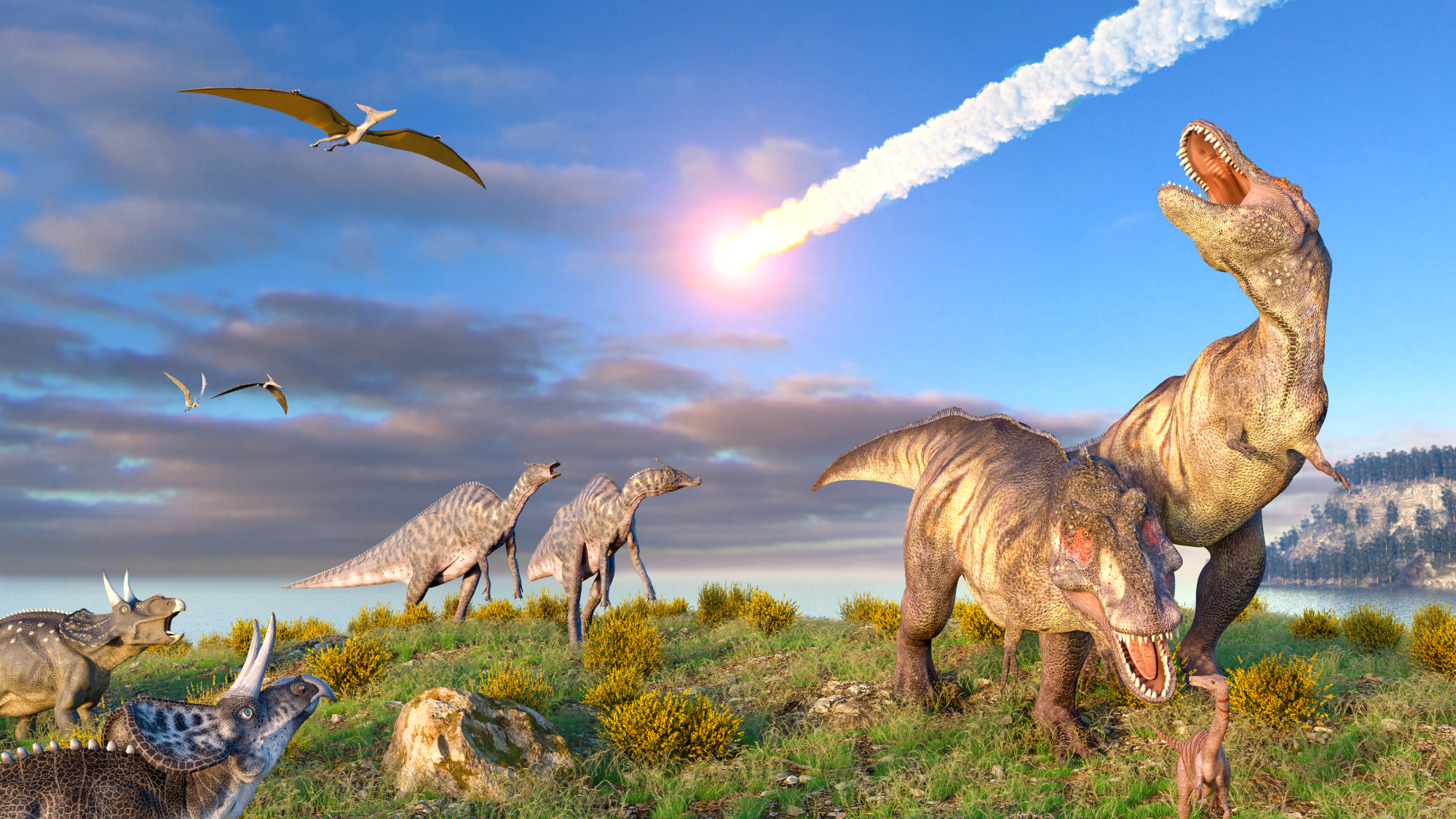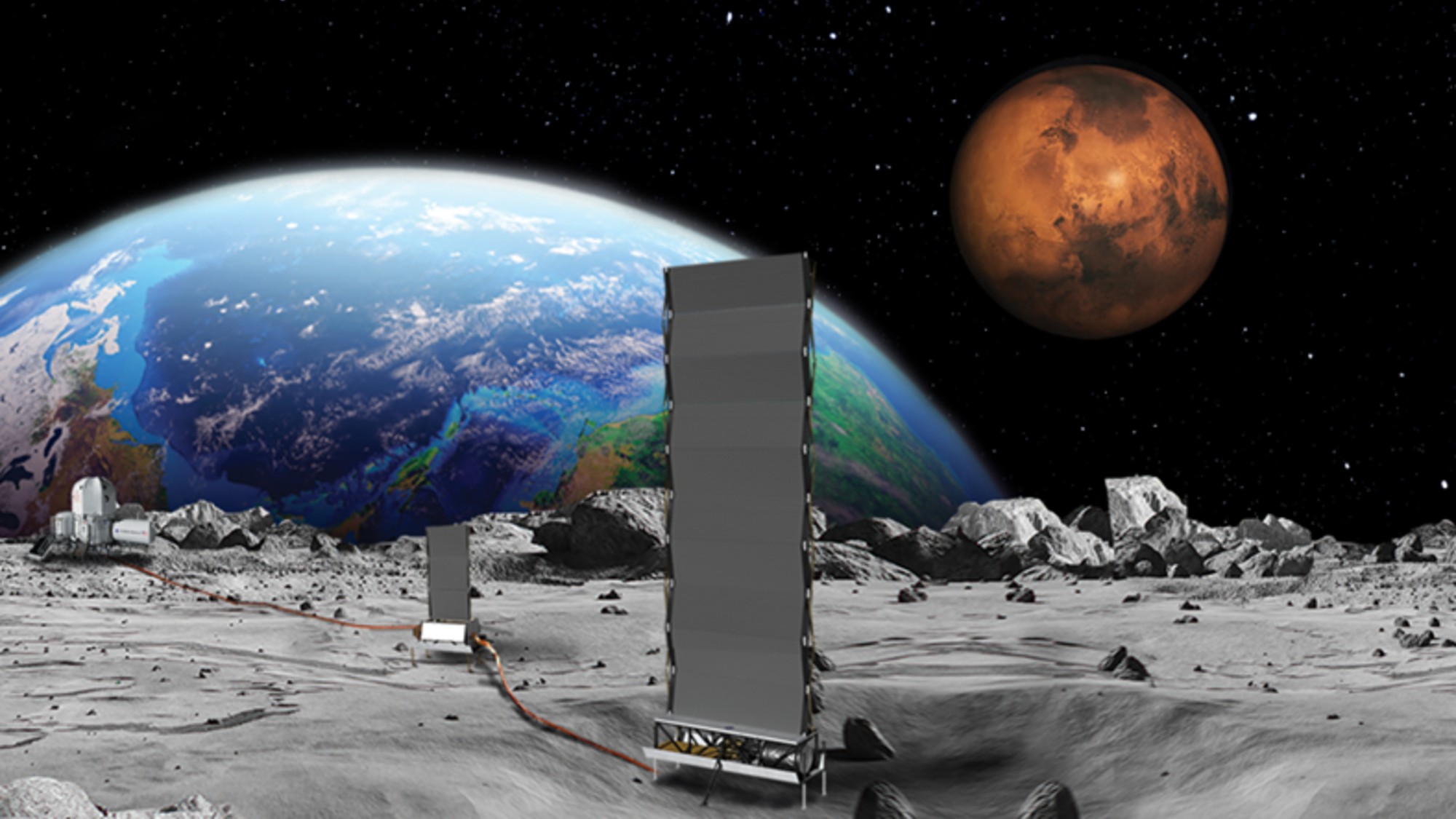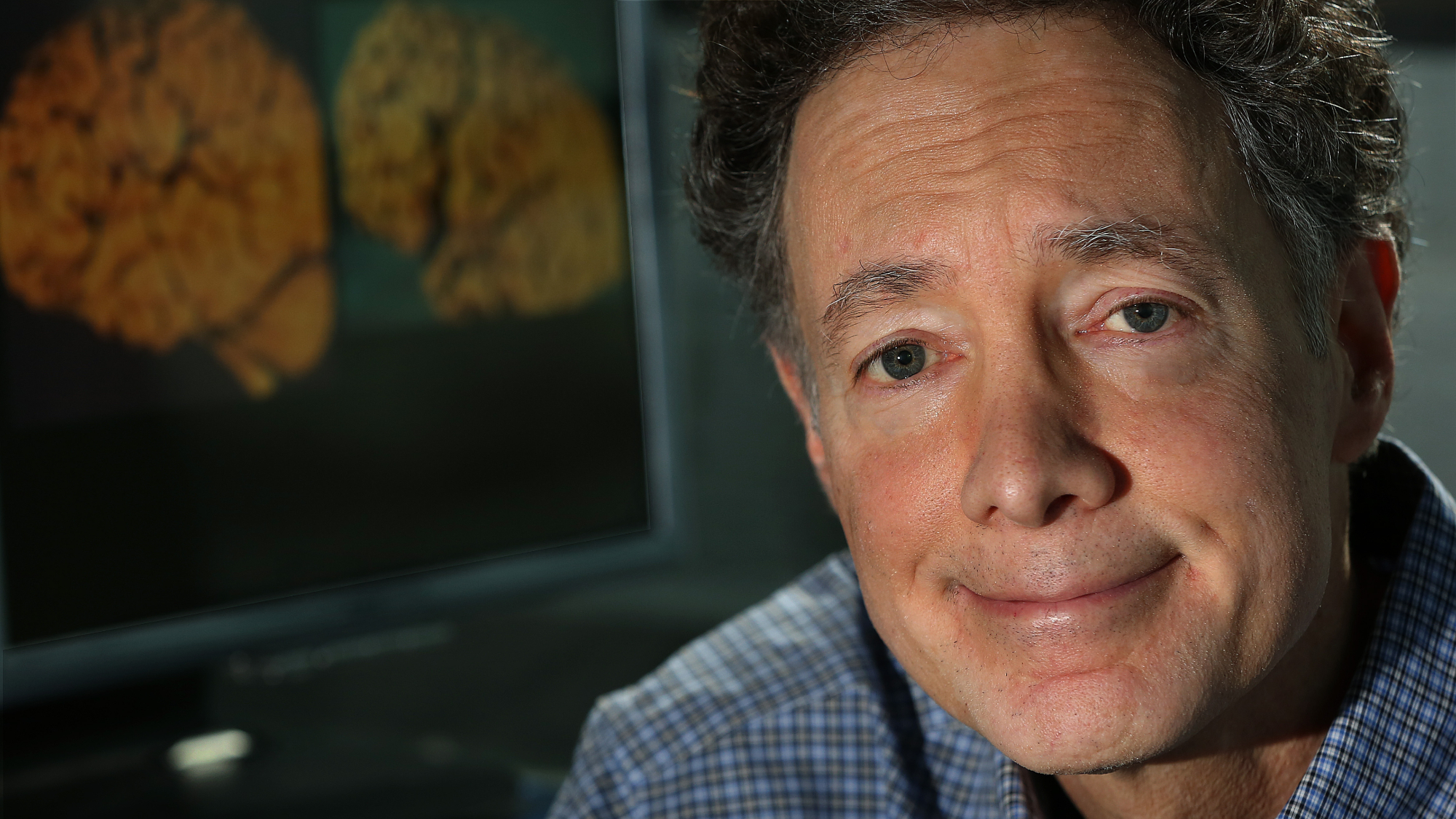U.S. reportedly set to announce major fusion energy breakthrough

The U.S. Energy Department will announce Tuesday that government scientists at the Lawrence Livermore National Laboratory in California have for the first time produced a net energy gain in a fusion reaction, a major step toward limitless, inexpensive clean energy, the Financial Times and The Washington Post reported Sunday. Scientists have been trying since the 1950s to recreate the kind of fusion reaction that powers the sun, but none have been able to produce more energy than the process consumes.
Energy Secretary Jennifer Granholm is scheduled to unveil a "a major scientific breakthrough" at the Lawrence Livermore lab on Tuesday, though the Energy Department is tight-lipped about the nature of the announcement.
"Initial diagnostic data suggests another successful experiment at the National Ignition Facility," where the fusion research is talking place, the Lawrence Livermore National Laboratory told the Financial Times. "However, the exact yield is still being determined and we can't confirm that it is over the threshold at this time." A lab official told the Post that the results are still being analyzed and no findings will be released until Tuesday, though the Financial Times reports the fusion reaction produced about 120 percent of the energy it consumed.
The Week
Escape your echo chamber. Get the facts behind the news, plus analysis from multiple perspectives.

Sign up for The Week's Free Newsletters
From our morning news briefing to a weekly Good News Newsletter, get the best of The Week delivered directly to your inbox.
From our morning news briefing to a weekly Good News Newsletter, get the best of The Week delivered directly to your inbox.
"The breakthrough was already being widely discussed by scientists," the Financial Times said, citing two people familiar with the findings who also said the greater-than-expected energy output had damaged some of the diagnostic equipment.
The goal of fusion research is to harvest energy from colliding two atoms together at incredibly high speeds. The type of fusion studied at the Lawrence Livermore lab is called inertial confinement fusion, which involves hitting a tiny ball of hydrogen plasma with the world's biggest laser.

Even if this experiment's success is confirmed, we're still years or decades from fusion power flowing through the energy grid, but "the technology's potential is hard to ignore," the Financial Times reports. "Fusion reactions emit no carbon, produce no long-lived radioactive waste, and a small cup of the hydrogen fuel could theoretically power a house for hundreds of years." It's the "holy grail" of clean energy, Rep. Don Beyer (D-Va.) said earlier this year at the launch of a new White House fusion power strategy. "Fusion has the potential to lift more citizens of the world out of poverty than anything since the invention of fire."
A free daily email with the biggest news stories of the day – and the best features from TheWeek.com
Peter has worked as a news and culture writer and editor at The Week since the site's launch in 2008. He covers politics, world affairs, religion and cultural currents. His journalism career began as a copy editor at a financial newswire and has included editorial positions at The New York Times Magazine, Facts on File, and Oregon State University.
-
 Film review: ‘The Choral’
Film review: ‘The Choral’Feature Ralph Fiennes plays a demanding aesthete
-
 Political cartoons for January 19
Political cartoons for January 19Cartoons Monday's political cartoons include Greenland tariffs, fighting the Fed, and more
-
 Spain’s deadly high-speed train crash
Spain’s deadly high-speed train crashThe Explainer The country experienced its worst rail accident since 2013, with the death toll of 39 ‘not yet final’
-
 Blue Origin launches Mars probes in NASA debut
Blue Origin launches Mars probes in NASA debutSpeed Read The New Glenn rocket is carrying small twin spacecraft toward Mars as part of NASA’s Escapade mission
-
 Why scientists are attempting nuclear fusion
Why scientists are attempting nuclear fusionThe Explainer Harnessing the reaction that powers the stars could offer a potentially unlimited source of carbon-free energy, and the race is hotting up
-
 Dinosaurs were thriving before asteroid, study finds
Dinosaurs were thriving before asteroid, study findsSpeed Read The dinosaurs would not have gone extinct if not for the asteroid
-
 SpaceX breaks Starship losing streak in 10th test
SpaceX breaks Starship losing streak in 10th testspeed read The Starship rocket's test flight was largely successful, deploying eight dummy satellites during its hour in space
-
 Rabbits with 'horns' sighted across Colorado
Rabbits with 'horns' sighted across Coloradospeed read These creatures are infected with the 'mostly harmless' Shope papilloma virus
-
 Why does the US want to put nuclear reactors on the moon?
Why does the US want to put nuclear reactors on the moon?Today's Big Question The plans come as NASA is facing significant budget cuts
-
 Lithium shows promise in Alzheimer's study
Lithium shows promise in Alzheimer's studySpeed Read Potential new treatments could use small amounts of the common metal
-
 Scientists discover cause of massive sea star die-off
Scientists discover cause of massive sea star die-offSpeed Read A bacteria related to cholera has been found responsible for the deaths of more than 5 billion sea stars
